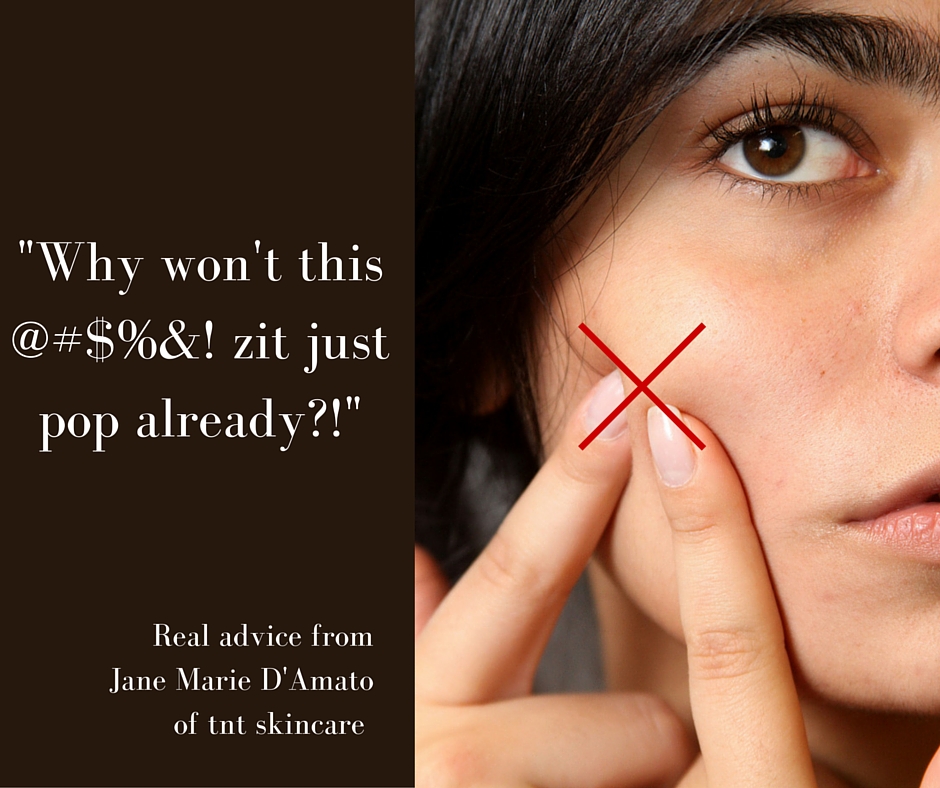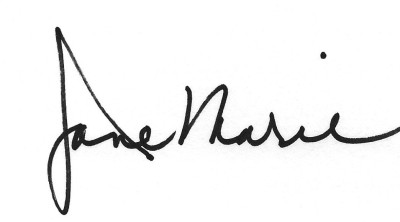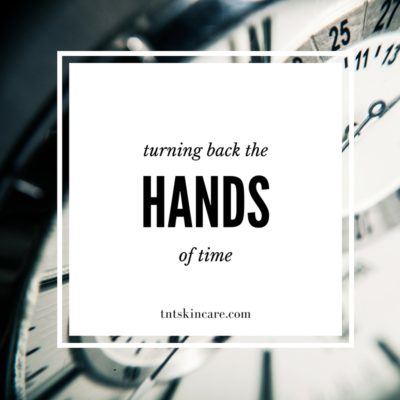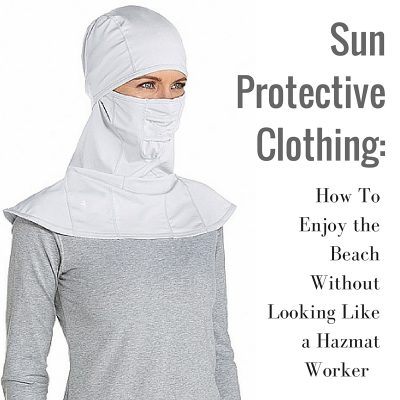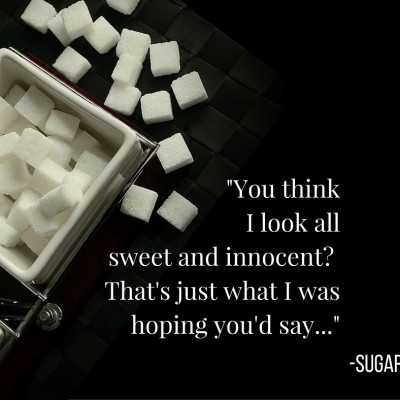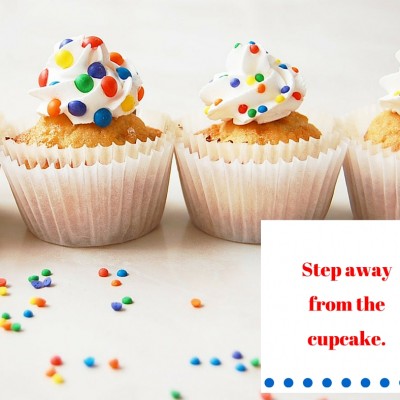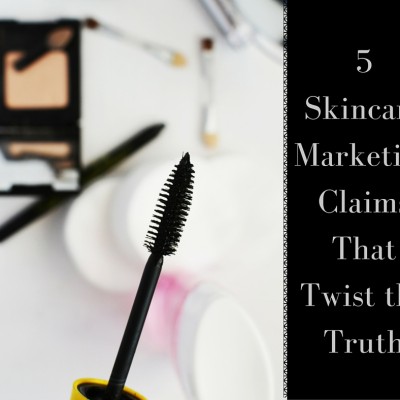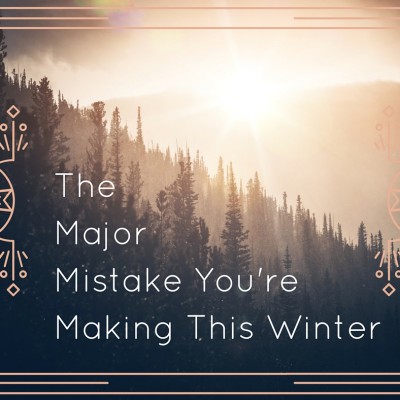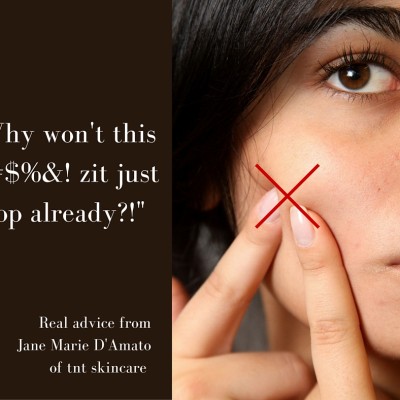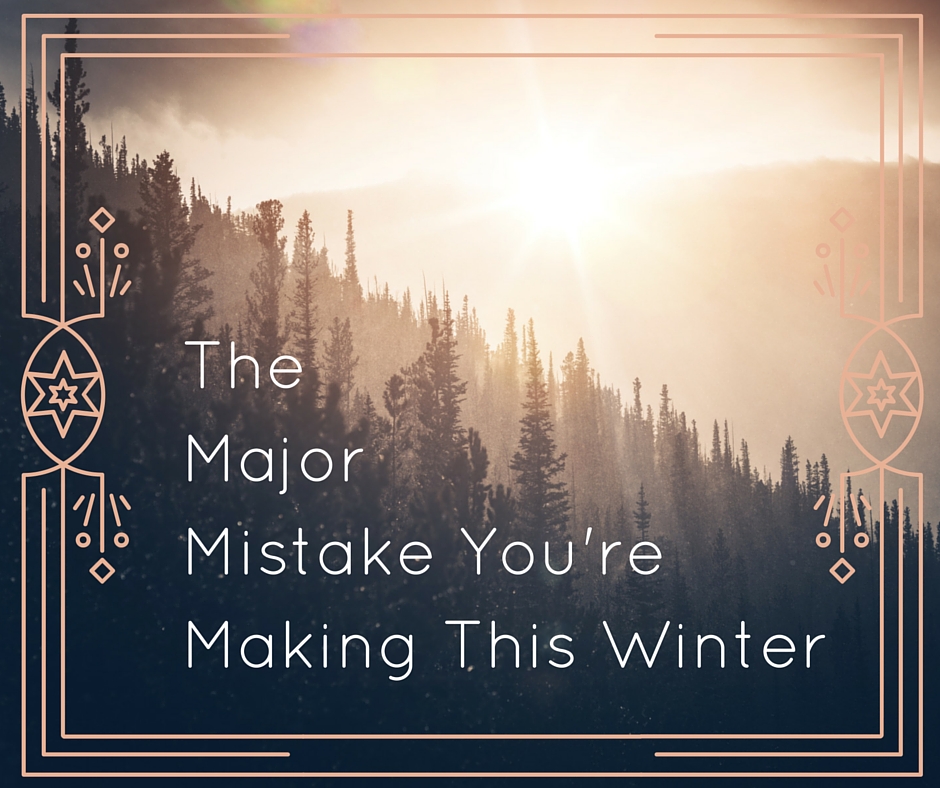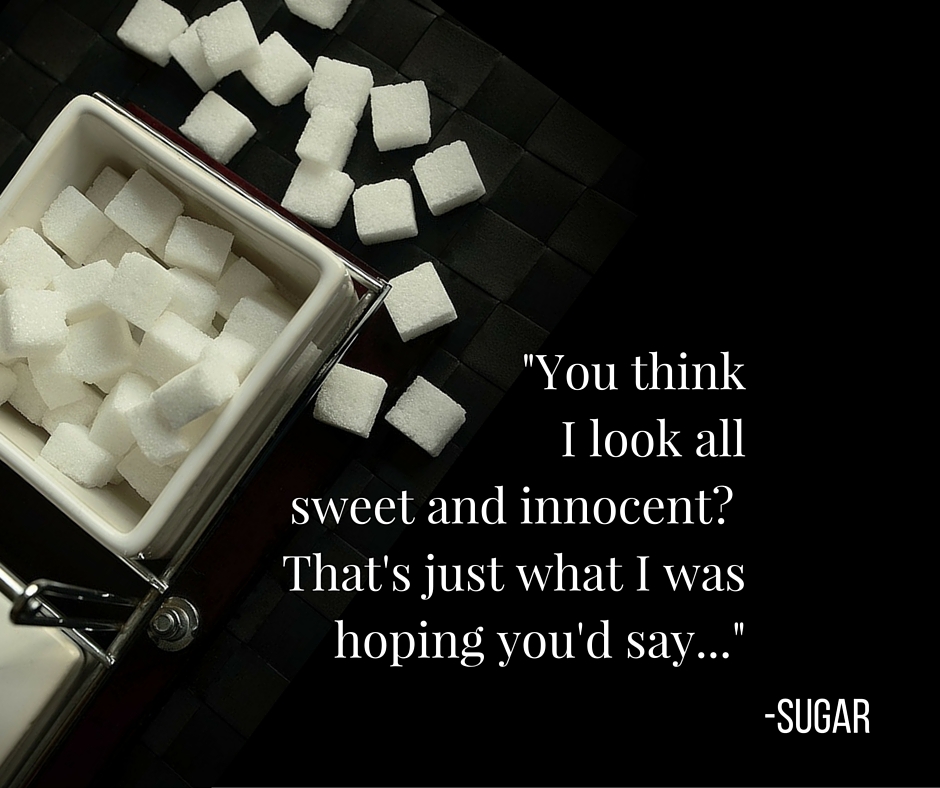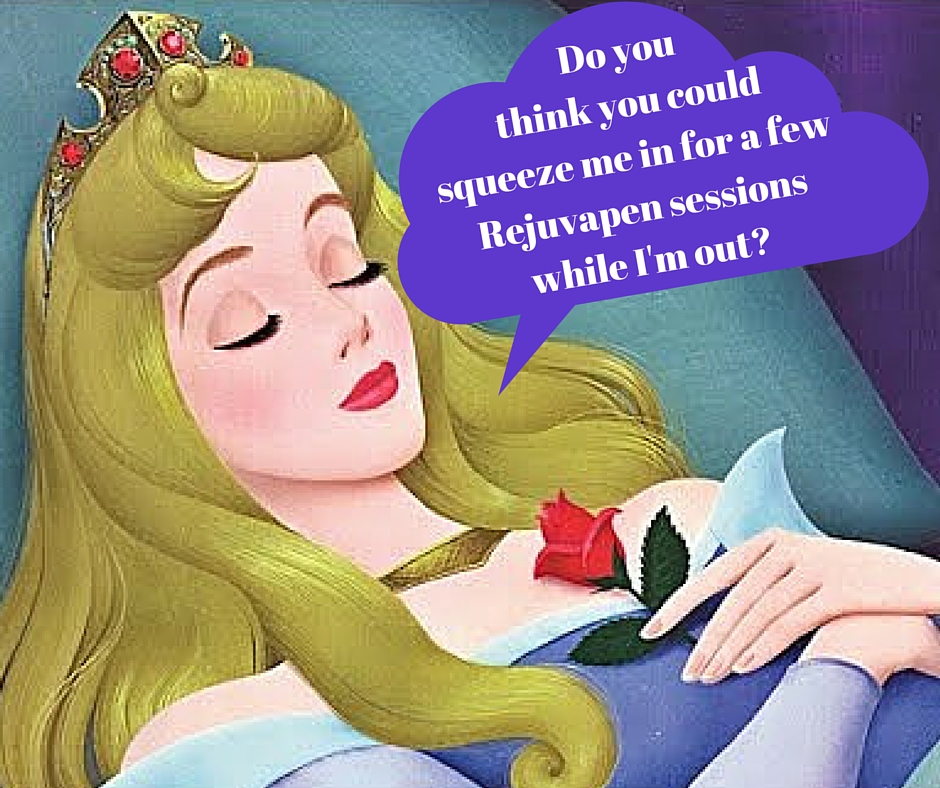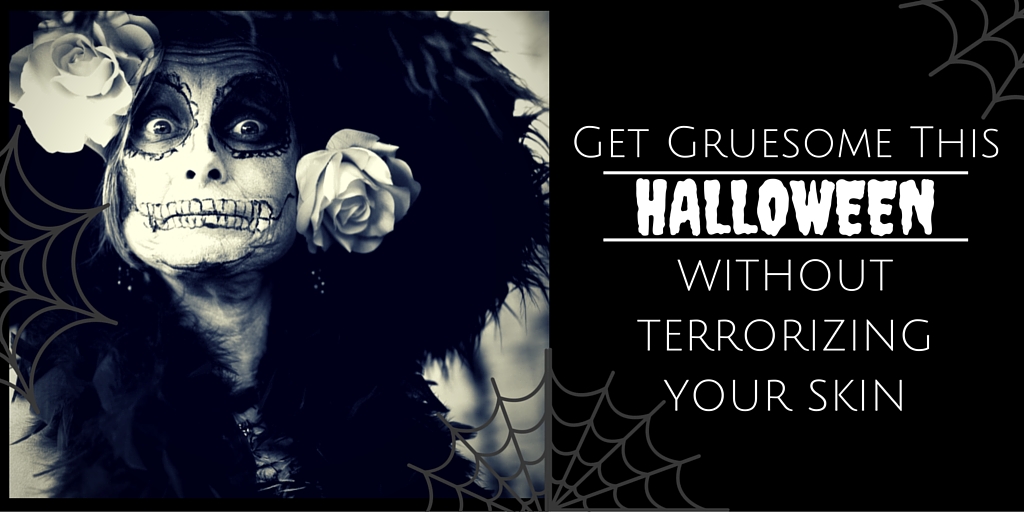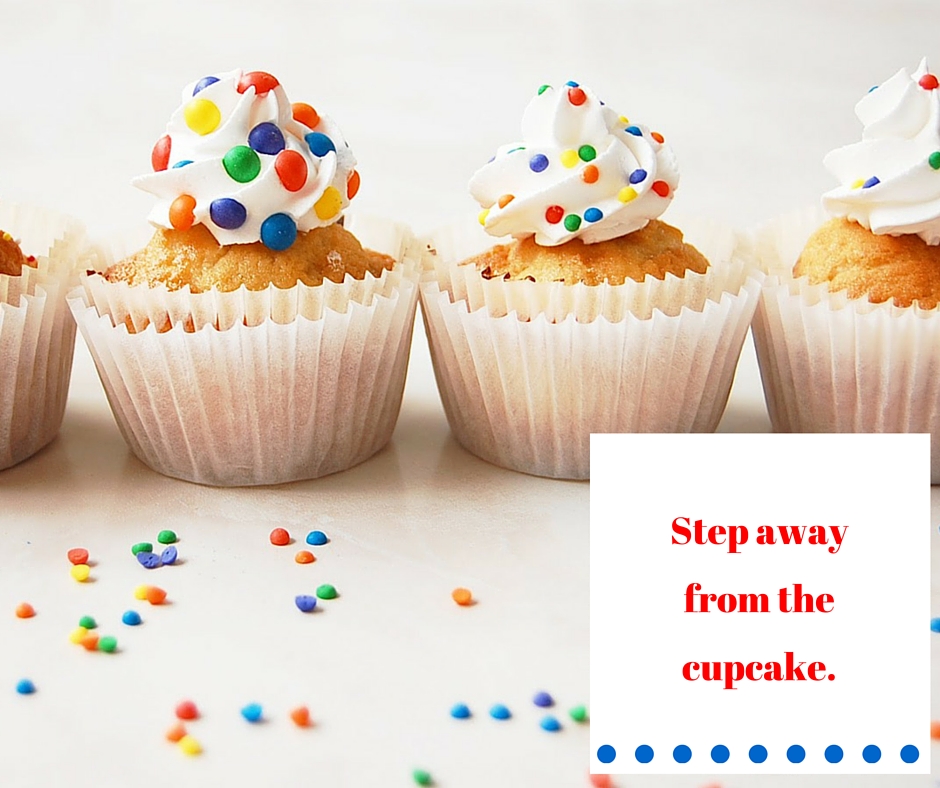Ask An Aesthetician: The Inside Scoop on Cystic Acne
Ask An Aesthetician: The Inside Scoop on Cystic Acne
Ask An Aesthetician: The Inside Scoop on Cystic Acne
It all starts with a barely noticeable throbbing sensation. Curious as to the source of the annoyance, you reach up and gently graze your fingertips across the surface of your face…..ow! It’s a nasty pimple- inflamed and surprisingly painful to the touch. By the end of the day, you’re dying to break my Skin Care Commandments and start mercilessly squeezing at your skin….but try as you might, this baby’s not going anywhere. If this tale of cystic acne terror sounds familiar, chances are you’ve experienced an acneic cyst. So, it’s time to ask an aesthetician:
Question: I was just diagnosed with cystic acne, but I don’t really even know what that means. What exactly is it, and what in the world can I do about it? Do I have to take antibiotics? It seems like it’s never going away.
-Question received from Olivia D. of Philadelphia, PA.
Pure and simple, acne is a disease. Through some genetic mishap, a defect exists in the structure and function of the skin leaving you prone to nasty breakouts. The very pores of acneic skin behave differently than the pores of non-acneic skin. So, when dead skin cells accumulate without exfoliation, it’s a surefire recipe for disaster. As new cells are then formed, you experience a figurative “traffic jam” that leads to breakouts, acne scars, and those dreaded dark spots. First studied by the late dermatologist, Dr. Albert Kligman, this process is called retention hyperkeratosis, and while there is no cure, there are ways to keep your acne under control.
Cysts and pimples are not created equal. Unlike normal pimples, cysts are infections lurking deep within the skin… and, unfortunately, they usually take up residence on your face for far too long. Cystic acne can be painful and usually does not come to a head as a pimple would. Usually seen along the jawline, chin, and lower face, cystic acne outbreaks are often linked to a hormonal imbalance, so women are more likely to experience breakouts around their monthly menstrual cycle.
Don’t even think about picking that zit. Picking at cystic acne is NEVER a good idea…unless, of course, you’re into the oozing, bleeding scab look. Not only will your home surgery cause an unsightly atrocity on your face, but you also can cause serious damage. All of that pushing, squeezing, and pressure can result in tears in the underlying tissue-spreading the bacteria and leading to even worse problems down the line.
Call for backup. If you suffer from truly chronic acne, seeing an expert can make all of the difference in the world. If you don’t live in the area, hopefully, you have your own trusted aesthetician on speed dial! Be sure to look for an aesthetician who has a great deal of experience and a track record of success. And, if worse comes to worst and you can’t make it in to see an aesthetician, it’s perfectly okay to wait until things calm down. Just promise me that you won’t try to pick, pop, or squeeze. It will only do damage. To speed healing time, dab a bit of tnt All Clear 5 to that sucker twice a day. You can also ice a couple of times a day for 3-5 minutes at a time.
Quick, swift action is a must! As its markings can linger for weeks or even months, cystic acne should be treated asap. For my patients, we use a multi-faceted approach to dramatically reduce the infection and cut the healing time in half. As I work closely with a great dermatologist, my patients enjoy specialized care from an expert team.
You are what you eat. The foods that we eat play a major role in the health and appearance of our skin. No one likes to diet, but making a few positive, permanent changes can kickstart your progress and get you glowing. Long term ways to improve your acne include:
- Reducing your dairy intake.
- Avoiding processed foods.
- Skipping the sugar- especially soda and sweets!
- Reducing salt intake.
If you’re playing by the rules, working with an aesthetician, and you’re still having difficulty getting clear, see your doctor to have some bloodwork done. Left untreated, some conditions- such as polycystic ovary syndrome- can wreak havoc on the skin!
Knowledge is power. I strongly believe in educating my patients about the acne process and how it pertains to their skin. Nobody leaves my office confused or uninformed, and now, the same goes for the blog!
Questions about your skin? Ask an aesthetician by tweeting us at #AAAtnt! Get the inside scoop with our monthly Q & A as expert aesthetician Jane Marie D’Amato addresses all your skincare concerns.
Science. Truth. Results.
Recent
Popular

